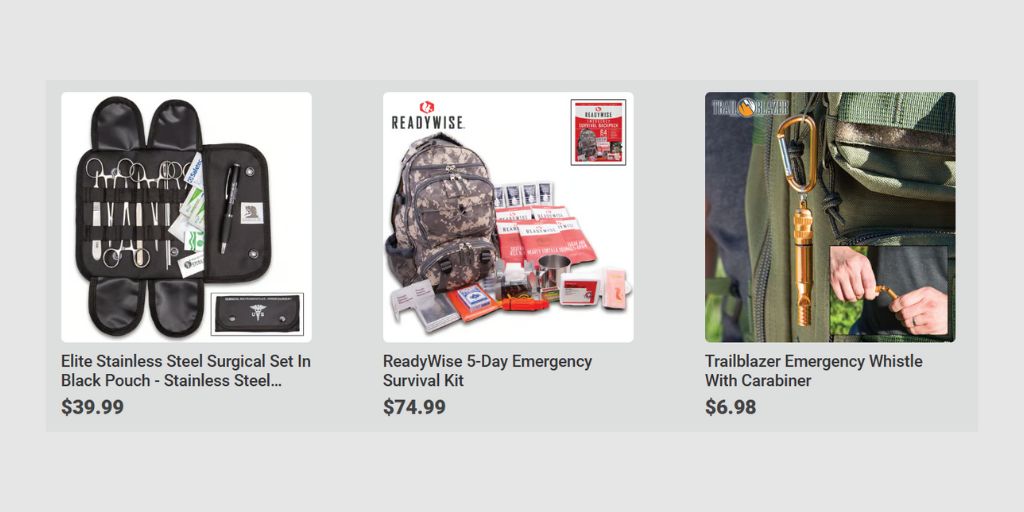You might complain when the temperature drops below freezing, but the truth is, aside from being unpleasant, temperatures in the 30s and even 20s are rarely life-threatening under normal conditions.
When it dips below 0℉? Then you can start worrying – unless you’ve prepared appropriately by observing the following protocols.
Layer Appropriately
The key to keeping warm is to dress in layers. Three layers, to be exact.
First, you need a baselayer. This can be either a soft wool like merino or else some breathable performance fabric. The baselayer will help wick moisture away from your skin to keep you dry.
The second layer, your midlayer, will provide the bulk of your insulation. This is your main line of defense against cold temperatures.
On top, you need an outer layer, often referred to as a shell. The shell should be windproof and waterproof and provide a modicum of insulation.
This three-layer system will help keep you warm in the coldest of conditions.
Wear Wool
Your midlayer should be made of wool. This is due to several reasons, but the most important of these is that, in the unfortunate event that wool gets wet, it still retains almost all of its insulative properties.
This is quite different from cotton and other fabrics, which will actually actively freeze you as they get wet and the moisture evaporates. It’s also the reason that backcountry folk say “cotton kills.”
Of course, wool is also softer, more comfortable, warmer, more durable, and antimicrobial. Those are other good reasons.
Wear Waterproof Boots and Gloves
The three-layer clothing system is one thing. You still need to be conscientious about your extremities, specifically your hands and feet.
You do not want these to get wet or cold or you can get frostbitten, which will incapacitate you. For this reason, you should wear warm, waterproof boots and gloves. In fact, you should wear two pairs of gloves. A thin wool liner glove, under a heavier, waterproof outer glove.
Carry Fire Starters and Know How to Use Them
While proper clothing is absolutely a good and necessary first line of defense against truly freezing conditions, you still need to know how to harness the energy that’s around you if you need supplemental heat.
That is, you need to know how to make fire. Practice primitive fire-making techniques, but at the same time, you should also carry fire starters and know how to prepare and build a fire, even in wet, adverse conditions.
Always carry more than one – choose some fire starters, including but not limited to ferro rods, spark wheels, lighters, and waterproof matches.
Keep an Emergency Blanket In Your Survival Bag
Lastly, keep an emergency blanket in your survival bag. Deceptively light and thin, an emergency blanket might weigh less than an ounce and take up the same amount of space as a deck of cards, but it can save your life.
These blankets, also known as space blankets, are made of a thin metallic foil that traps and reflects body heat while preventing evaporative cooling by trapping perspiration and blocking the wind.
They might be small and light, but in a truly emergency situation, you’ll be glad you had one.
Gear Up with Survival Gear
Looking for survival gear like wool thermal wear, emergency blankets, or fire starters that you can stash in your bugout bag? Get them online at CH KADELS.
CH KADELS carries a wide inventory of survival gear, not just gear for extreme cold, but lots of tools and accessories for off-grid living and survival. Check out their full collection on their website or get in touch with them directly if you have any questions.
For more information about fire starters and thermal wear Please Visit : CH Kadels



